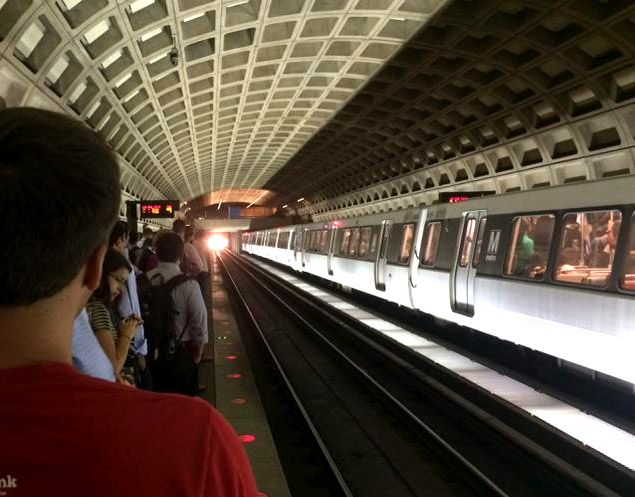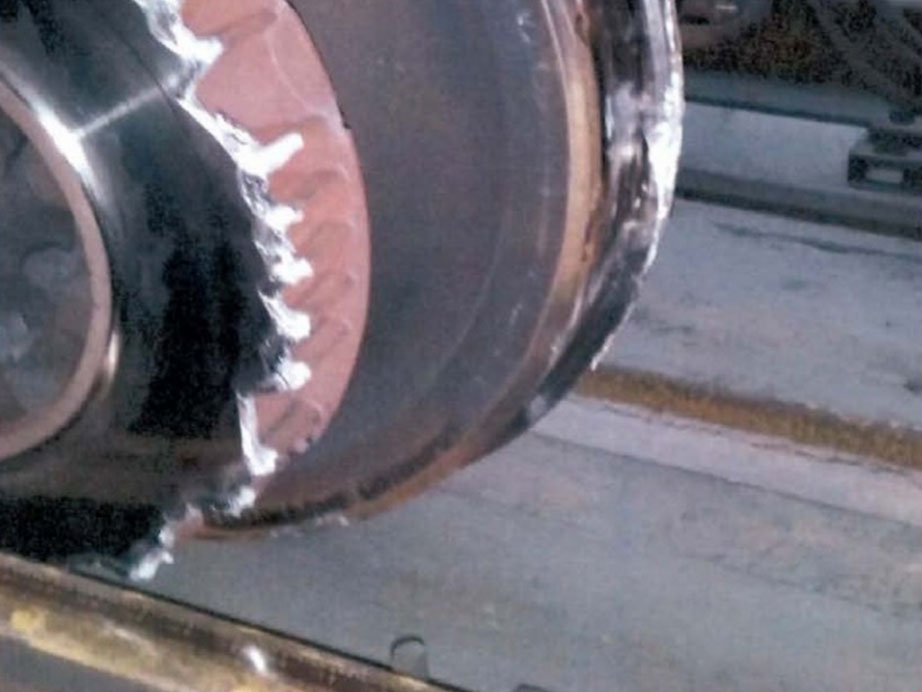WASHINGTON — Metro has released some new details about last month’s derailment near the Smithsonian station before a committee meeting on the issue on Friday.
In a memo, Metro answers some key questions that board members asked at a special derailment hearing on Sept. 3.
Metro reveals that four out of the six railcars that derailed near Smithsonian in August are now back in service. The remaining two are old 1000-series railcars that suffered more serious damage. Metro writes that the total cost of repairs will be about $177,000. It also tells board members that the two railcars could be out of service until the end of January.
In answer to a question from board members, Metro says it has suffered 14 derailments over the past four years — four on the tracks, 10 in the rail yards. Metro adds that records indicate the Chicago Transit Authority had 17 derailments during the same period; New York City Transit had 12, Massachusetts Bay Transit Authority had four, and the Southeastern Pennsylvania Transit Authority had three.
The cause of the August derailment was a wide gauge condition due to a failure of rail fasteners, which keep the tracks in place so that the railcar wheels fit on them correctly. When the fasteners failed, the track widened to the point that the wheels did not fit anymore.
Metro writes that 32,000 rail fasteners require replacement because they are not working correctly. It adds that 27,000 of those rail fasteners will be replaced during this fiscal year, which ends in June 2016. Overall, Metro has replaced 102,996 fasteners out of a total of 550,000 since fiscal 2011. Metro also writes that it has replaced 68,903 of 247,140 wooden cross ties in the rail system. A wooden cross tie is a beam laid across a railroad bed to secure the rails. Work on the fasteners and ties at the site of the derailment will continue during the first weekend of October.
Metro will change the policies regarding the track geometry vehicle (TGV) after persistent questioning and criticism from D.C. Department of Transportation Director and board member Leif Dormsjo. Earlier this month, Deputy General Manager Robert Troup admitted there was no signed policy to order a second review of the entire raw vehicle data to catch any errors from the operator.
Troup admitted that the TGV operator accidentally pushed a button and deleted a “code black” warning about the problem on the tracks where the derailment occurred. Metro writes that it’s talking with the TGV manufacturer to see whether there is a way to upgrade the software to pop up a confirmation screen before any item is deleted, to ensure the operator cannot accidentally delete anything.
Metro writes that it will have a signed policy on the TGV operation and review before the end of the month.






